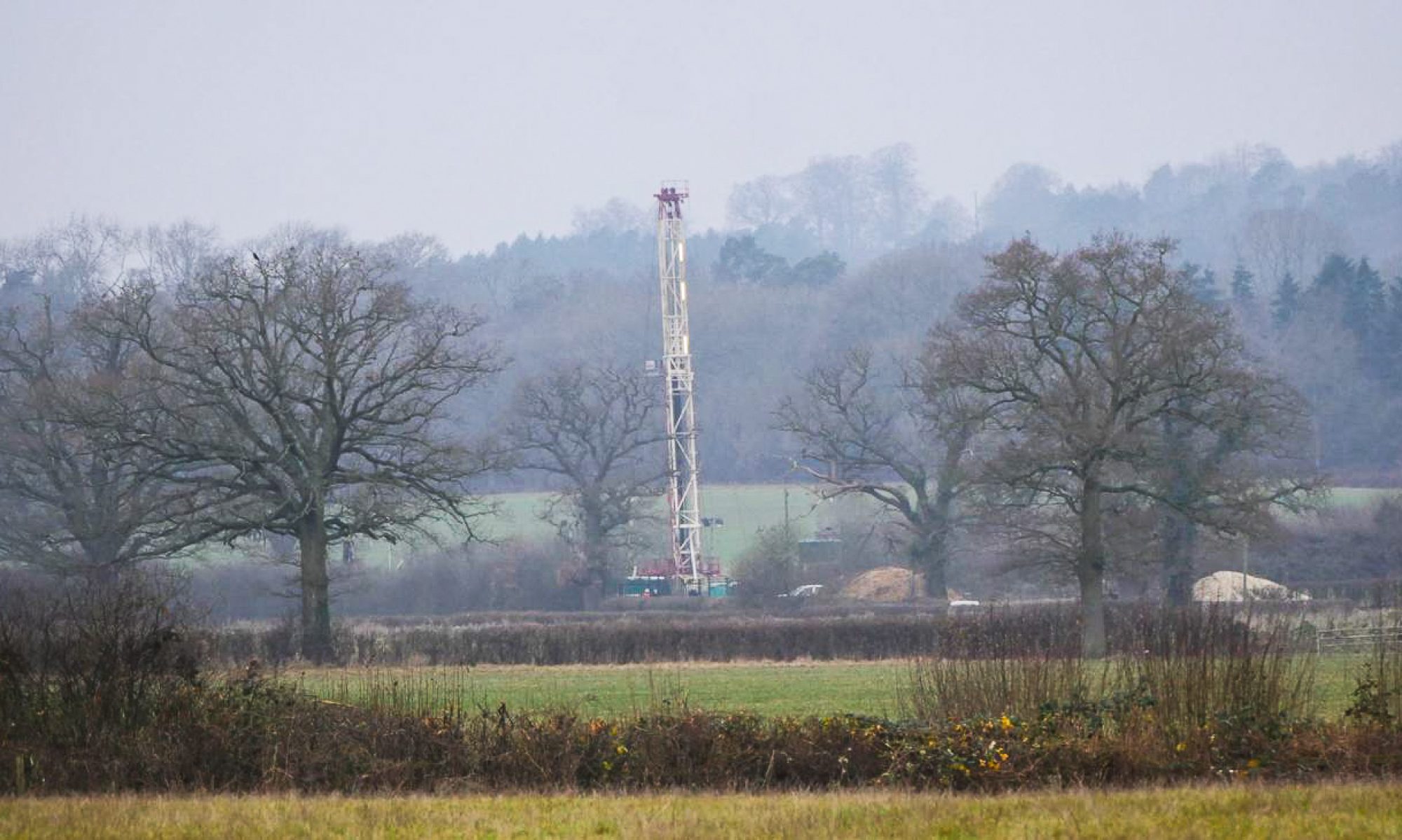PEDL 234
Current Operator: UKOG
Activities suspended in March 2018, but planning permission was repeatedly extended. In December 2023 UKOG applied for a further two year extension, in April 2024 this was refused. The well will now need to be plugged and abandoned and the site restored to farmland.
A spokesperson for Broadford Bridge Action Group said: “It’s the right decision for nature and for taxpayers.”
History of the site
The site is in wooded countryside south of Billingshurst. Celtique Energie received planning permission for an exploratory gas well here in February 2013. They cleared the site in 2014 but, following a financial dispute with their US funding partner, Magellan, clearance work stopped and the two companies ended up in court.
In June 2016, Celtique Energie sold the site to UKOG, for £3 million. The licence was operated by Kimmeridge Oil & Gas Limited (KOGL), a wholly owned subsidiary of UKOG, since renamed UKOG (234) Ltd.

Active local campaign groups
The local group Keep Billingshurst Frack Free started campaigning in 2014. They held meetings and film screenings, lobbied local politicians, organised demonstrations, and produced and distributed posters and leaflets.
Support for the group grew rapidly in May 2017, when the drill appeared overnight, the well was drilled and the site went live. People in the surrounding area mobilised under the wider Broadford Bridge Action Group.
Actions included demonstrations, supporting protection camps and non-violent direct action. ‘Cake at the Gate’ was a weekly event, and there were monthly Quaker vigils. Public meetings were held in nearby villages, one of which attracted 300 people.

Drilling far from a success
The well was drilled but instead of the conventional target for which permission had originally been granted, UKOG drilled off to the north-east, through a significant fault and into the Kimmeridge shale. They ran into trouble and had to abandon the bottom section of the well, its contents sealed behind a cement plug.
Flow testing began in July 2017 but UKOG found that the cement, which is supposed to ensure that no fluid can escape up the sides of the pipe, hadn’t filled in all the gaps. Without the time or the permission to drill yet another deep side-track, they made the best of a bad job and performed what is known in the industry as a ‘Suicide Squeeze’, forcing cement into where they thought the gaps were and hoping it did the job without ruining the well.
The well was acidised with up to 100m3 of 15% hydrochloric acid (described as “weaker than toilet cleaner” but capable of dissolving rock). We understand that this was applied at 80% of fracture pressure.
The operation was far from a success. In February 2018, UKOG announced possible well formation damage, wiping £50 million off its market capitalisation.
UKOG departs, then returns
In April, 2018, more than three months behind schedule, UKOG/KOGL called it a day. The drill was dismantled and removed from the site after UKOG, in a statement to shareholders, described oil flows as likely to be “sub-commercial”. They described one of the zones tested at Broadford Bridge as unlikely to produce commercial quantities of hydrocarbons without stimulation outside the scope of their permit.
Campaigners remain concerned about the possibility that chemicals used in the drilling process had leaked underground. It is still unknown whether there are chemicals in the well, at another waste facility or its outflows.
Threats to return
UKOG has turned their focus back to Horse Hill in Surrey. However in March 2018, the company said it was considering drilling another sidetrack at Broadford Bridge and using “other reservoir stimulation techniques”.
Again in March 2019 UKOG revealed that it planned to return to Broadford Bridge to drill and test a new Kimmeridge sidetrack. It was granted an extension of planning permission in July 2020.
Meanwhile, the Oil and Gas Authority has allocated PEDL 234 to the “production” phase. This should mean that there is an operational well and a production plan. Neither exists in PEDL 234.
Conventional or not?
UKOG has not been consistent about its intentions at Broadford Bridge. Celtique had applied to explore for gas in the Triassic sandstone. Yet on acquiring the licence, Stephen Sanderson, UKOG’s Executive Chairman, said: “The BB-1 [Broadford Bridge] well is designed not only to test a geological mirror-image of the Horse Hill* Kimmeridge oil discovery, but, more significantly, to also seek to establish whether Kimmeridge Limestone oil is truly an extensive resource play.”
This only came to light when the company applied to the Environment Agency, EA, to change the nature of its environmental permit. As the target had changed, campaigners pushed West Sussex County Council to require that a new planning application should be made. This did not happen.
And the Planning Statement for the 2023 application for extension mentions they are also “assessing the site’s potential to operate as a private agricultural heat source for commercial fruit, vegetable, or tea production, uses which have proved viable in other rural locations”.
Find out more:
